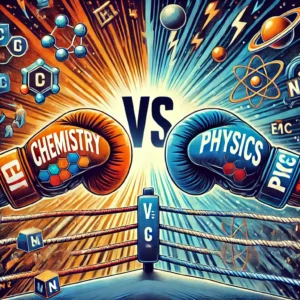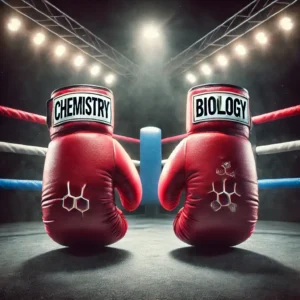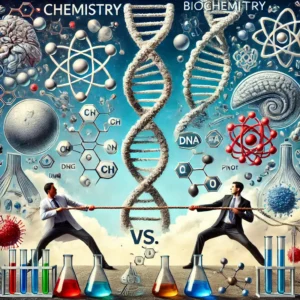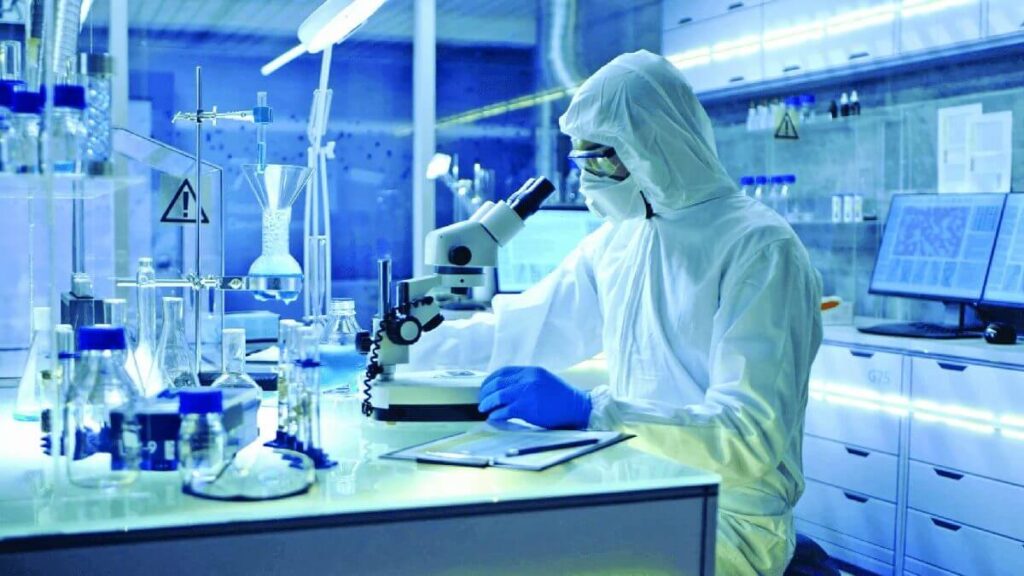Miscible Liquids
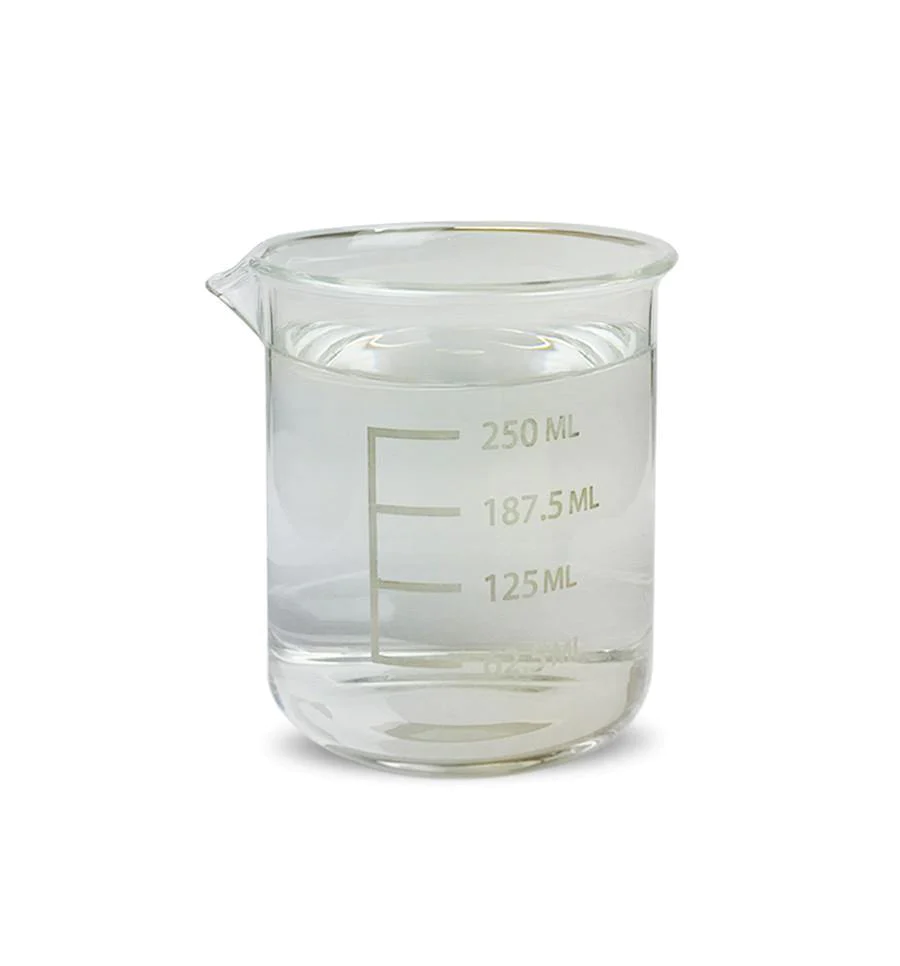
When you add ethanol to water, they mix completely to form a uniform mixture. In fact, Ethanol and water mixes completely irrespective of their proportions. We can say that ethanol dissolves in water to form a solution. Liquids like water and water that mix completely are said to be miscible.
So:
MISCIBLE LIQUIDS are liquids that are capable of mixing uniformly in all proportions to form a homogeneous mixture. In other words, they dissolve completely in each other, resulting in a single phase with no visible boundaries between the components.
MISCIBILITY is the ability of two or more substances to mix uniformly in all proportions to form a single phase.
EXAMPLES OF MISCIBLE LIQUIDS INCLUDE:
- Water and ethanol
- Milk and water
- Orange juice and carbonated water
- Vinegar (acetic acid mixed with water)
- Gasoline (a mixture of benzene, xylene, toluene, and many other organic solvents)
- Acetone in water
- Lemonade
- Salad dressings made with vinegar and oil
- Tea and milk
- etc
Immiscible Liquids
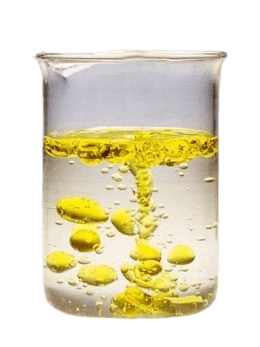
When you mix water with cooking oil and stir them vigorously, the oil breaks into small, visible droplets, which become distributed in the water. The resulting mixture is not uniform and forms a suspension of oil in water. If you leave the mixture to stand for some time, the oil droplets will combine to form a mass that floats over the water. Liquids like oil and water, which don’t mix completely are said to be immiscible. When you mix such liquids, the less dense liquid floats over the denser liquid.
When immiscible liquids are combined, they do not dissolve into each other and instead separate into distinct layers or droplets within the mixture. The separation occurs because the intermolecular forces between the molecules of the two liquids are not compatible, and this prevents them from forming a single phase.
So:
IMMISCIBLE LIQUIDS are liquids that cannot mix uniformly to form a homogeneous solution. When immiscible liquids are combined, they do not dissolve into each other and instead separate into distinct layers or droplets within the mixture.
IMMISCIBILITY is the inability of two or more substances to mix uniformly to form a homogeneous solution.
EXAMPLES OF IMMISCIBLE LIQUIDS INCLUDE:
- Oil and water
- Kerosene and water
- Petrol and water
- Paint and water
- Honey and oil
- mustard oil and water
- Hair conditioner and water
- Benzene and water
- Carbonated drinks and oil
- Milk and olive oil
Partially Miscible Liquids
When you add ethyl acetate to water, they do not mix completely. Instead, they form separate layers with distinct boundaries between them. This is because ethyl acetate is partially soluble in water, which means only a portion of it dissolves in the water, while the rest remains as a separate phase. Liquids such as water and ethyl acetate that partially dissolve in each other are considered to be partially miscible.
Partially miscible liquids are liquids that exhibit limited solubility in each other. Unlike miscible liquids, which can fully dissolve in one another to form a homogeneous solution, and immiscible liquids, which do not mix at all, partially miscible liquids only partially dissolve in each other. As a result, when they are mixed, they form separate phases with distinct boundaries between them.
The extent of their solubility depends on factors such as temperature, pressure, and the chemical properties of the liquids involved.
EXAMPLES OF PARTIALLY MISCIBLE LIQUIDS INCLUDE:
- Diethyl ether and water
- Water and vegetable oil
- Ammonia and water
- Oil and vinegar
- honey and water
- Hydrochloric acid and hexane
- Ethanol and diethyl ether
Other Related Terms:
1. Homogeneous Mixture
Also known as a solution, this is a mixture in which the components are evenly distributed throughout the mixture and appear uniform at the molecular level. In a homogeneous mixture, the individual substances are completely mixed together and cannot be visibly distinguished from one another.
2. Heterogeneous Mixture
A mixture in which the components are not uniformly distributed throughout the mixture. Unlike homogeneous mixtures, where the substances are evenly blended and indistinguishable at the microscopic level, in heterogeneous mixtures, the different components remain distinct and can be visually identified.
Further Reading:
3. Solubility
The ability of a substance, known as the solute, to dissolve in a solvent to form a homogeneous mixture, called a solution.
4. Suspension
A type of heterogeneous mixture where solid particles are dispersed within a liquid or gas, but are not dissolved. Unlike solutions, where the particles are uniformly distributed and do not settle out, in a suspension, the solid particles are large enough to settle over time.
5. Phase Separation
The process by which a mixture separates into distinct phases, each containing different components or substances. This separation occurs when the components of the mixture are not fully compatible or miscible with each other.
6. Aqueous Solution
Solutions of various substances in water.
Miscible Vs Immiscible Liquids Summary
| Feature | Miscible Liquids | Immiscible Liquids |
| Definition | Mix uniformly in all proportions. | Do not mix and form separate layers. |
| Phase Separation | Form a single phase when mixed. | Form distinct layers when mixed. |
| Solubility | Fully soluble in each other. | Not soluble in each other. |
| Intermolecular Forces | Have similar intermolecular forces, which facilitate mixing | Have different intermolecular forces, leading to phase separation. |
| Temperature Sensitivity | May be temperature-dependent, with some becoming more miscible as temperature increases | Generally maintain their immiscibility regardless of temperature changes. |
